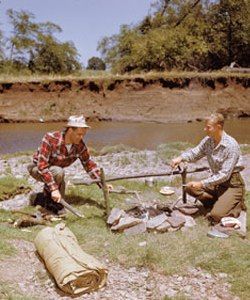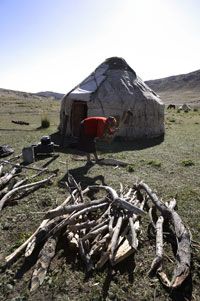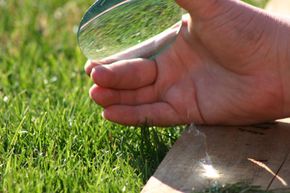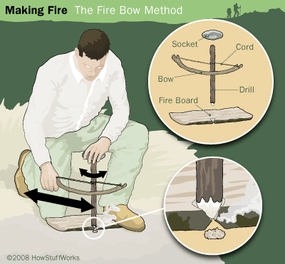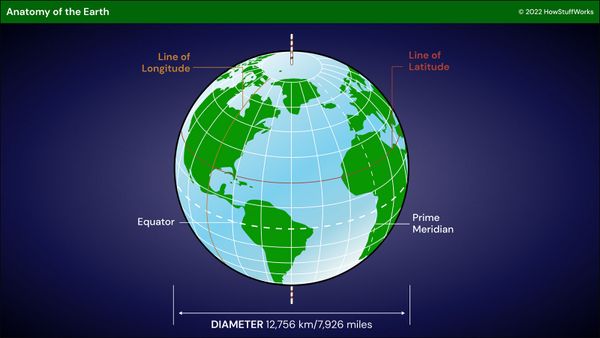If you have a fireplace in your home, chances are you have a gas line that helps you get it going. If you don't, you probably have some nifty long matches, a lighter and a stack of newspaper on the hearth. But what if you got lost in the wintry woods without a match or lighter? What if you washed ashore on a deserted island, soaked to the bone? You may not think so, but it could happen to you — just ask Tom Hanks. His movie character used wits and determination to survive in "Castaway."
Along with water, fire is the most important thing you need to survive in the wilderness. It provides the following:
Advertisement
- Warmth in cold conditions
- A means to purify water or sterilize tools
- Heat to dry wet clothes
- A cooking flame
- A sense of security and comfort
- Smoke for rescue signals
- Heat to melt snow and ice for drinking water
- A means to scare away dangerous animals
- Light for your shelter or for torches
- Smoke to help repel insects
There are many methods you can use to start a fire without a match. Some are easier than others, and they all require a bit of practice. If you're an outdoor enthusiast, it's a good idea to practice some of these techniques when you go camping. It can help build your confidence in the great outdoors — and it's a lot of fun.
In this article, we'll look at the various methods you can use to start a fire without a match. We'll also fill you in on the best wood to collect and the optimum placement of your survival fire.
Advertisement
